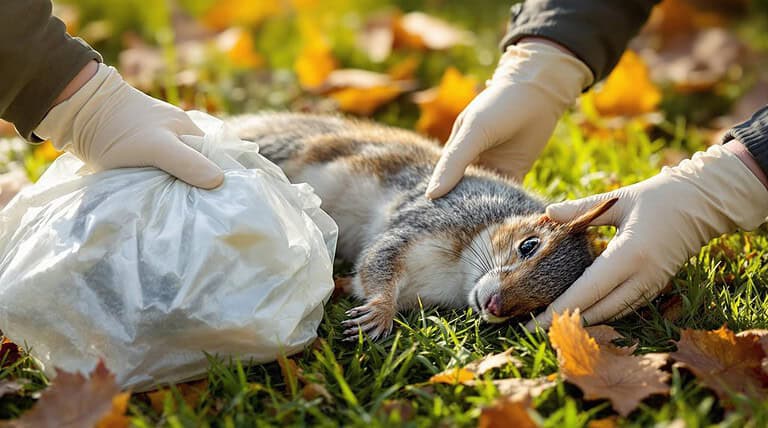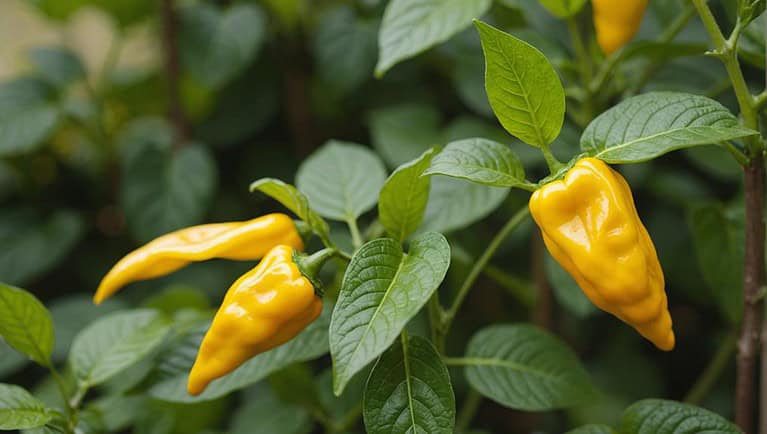Purple Shrub With Pink Flowers: Stunning Combinations
When you're planning your garden's color scheme, you'll find that purple shrubs with pink flowers create one of nature's most sophisticated pairings. This combination isn't just visually pleasing—it's a strategic choice that can change your outdoor space into a living masterpiece. Whether you're working with a small courtyard or an expansive environment, these complementary hues offer depth and drama that basic green foliage simply can't match. The secret to successfully blending these colors lies in understanding which varieties work together and how to position them for maximum impact. Let's investigate the specific plants and techniques that'll help you achieve this striking garden style.
TLDR
- Crimson Fire Loropetalum offers deep purple foliage with vibrant pink flowers, perfect for foundation plantings and mixed borders.
- Purple-leaved Coral Bells paired with pink flowering perennials create stunning layered combinations in partial shade gardens.
- English lavender combines beautifully with pink sweet alyssum for a fragrant, colorful groundcover display.
- Ever Red Loropetalum shrubs provide year-round purple foliage and spring pink blooms in well-draining, acidic soil.
- Plant purple shrubs as backdrops to pink flowering plants in triangle patterns for maximum visual impact and garden depth.
Why Choose Purple and Pink

With purple shrubs and pink flowers, you'll create a visually stunning and harmonious garden design that's both sophisticated and natural. The colors work together perfectly since they're neighbors on the color wheel, and you'll love how deep purple shrubs create a remarkable backdrop for those delicate pink blooms. Plus, you're not just making things pretty – you're also attracting beneficial insects and creating a healthier garden ecosystem! Adding light lavender tones to your garden design provides even more visual interest and depth to your purple and pink color scheme. Incorporating coffee grounds into your soil can further enhance plant growth and nutrient retention, making your vibrant garden even more resilient.
Best Planting Locations
Four key locations offer ideal spots for your purple shrubs and pink flowers: foundation plantings, mixed borders, container gardens, and groundcover areas.
For your home's foundation, you'll love compact varieties like Crimson Fire Loropetalum, while mixed borders can showcase taller options such as Ever Red Loropetalum with complementary plants like Coral Bells and Pearl Glam® Beautyberry. The seasonal foliage changes create dynamic visual interest throughout spring, summer, and fall in these planting locations. Additionally, ensuring good drainage in these areas can help prevent excess moisture that may harm root health.
Essential Growing Requirements

Successful growth of purple shrubs with pink flowers depends on four critical requirements: proper soil conditions, adequate sunlight, appropriate watering, and regular maintenance.
You'll want to guarantee your soil is well-draining and slightly acidic, while giving your shrubs at least six hours of daily sunlight. Many species like the Marsh Hibiscus thrive particularly well in rain gardens due to their natural wetland origins. Additionally, ensuring a proper red to blue light ratio can contribute to healthier growth if you are using artificial lighting.
Remember to water deeply but infrequently, and don't forget regular pruning after flowering to maintain that perfect shape you're aiming for.
Seasonal Color Display Tips
Creating stunning seasonal displays with your purple shrubs starts with smart timing and strategic placement of complementary flowers.
You'll want to rotate your flower selections 3-4 times yearly, planning new additions in March, May, and September for continuous color. Additionally, consider planting winter vegetables alongside your shrubs to enhance garden diversity and interest.
Position lively annuals near your shrubs in large groups where they'll catch everyone's eye, and don't forget to incorporate fall mums for extended seasonal interest. Consider arranging flowers in triangle patterns rather than traditional rows for enhanced visual appeal.
Companion Plants for Maximum Impact

The right companion plants can change your purple shrub with pink flowers into a stunning garden focal point.
You'll love how ornamental grasses create graceful movement alongside your shrub, while English lavender's purple spires add complementary color and fragrance. Perennial plants, such as perennial sunflowers, can also provide vibrant blooms that enhance the overall aesthetic of your garden.
For maximum impact, try planting sweet alyssum at the base to create a delicate carpet of honey-scented blooms, and mix in some lively daylilies for seasonal pops of color. Adding spiky blue salvia creates striking vertical interest while attracting beneficial pollinators to your garden display.
Overall
You'll love how your purple shrubs and pink flowers work together to create an enchanting garden space that's sure to become your favorite outdoor retreat! By following these planting and care guidelines, you're well on your way to establishing a lively, eye-catching display that'll bloom season after season. Remember, don't be afraid to experiment with different combinations – nature's most beautiful surprises often come from creative pairings that you've made your own.






